Imagine you are on the way to your next adventure, and all that stands between you and your destination is a sleeping bag that won’t fit in your backpack! No need to worry, because we have the perfect guide for anyone who has found themselves with a sleeping bag too big for their backpack. In this article, we will explain exactly what you should do in this situation and provide some helpful tips to ensure that you can still make it to your destination comfortably.
Put sleeping into a stuff sack
Using a stuff sack can effectively compress your sleeping bag for easier packing. You can buy one in many outdoor stores or you can also make your own using any fabric you have lying around. Stuffing the sleeping bag into a stuff sack will reduce its size by up to 25%.
Try a smaller Stuff Sack
If your sleeping bag is too large to fit into a backpack, you may want to invest in a smaller stuff sack. If you already have one that’s bigger than your pack and it still doesn’t fit, you may be able to purchase a smaller version of the same type that will do the trick. Not only will this give you more space for other items in your pack, but it can make packing and unpacking easier as well. A smaller sack should also reduce the amount of friction against the inside of your bag, helping to keep everything dry and protected.
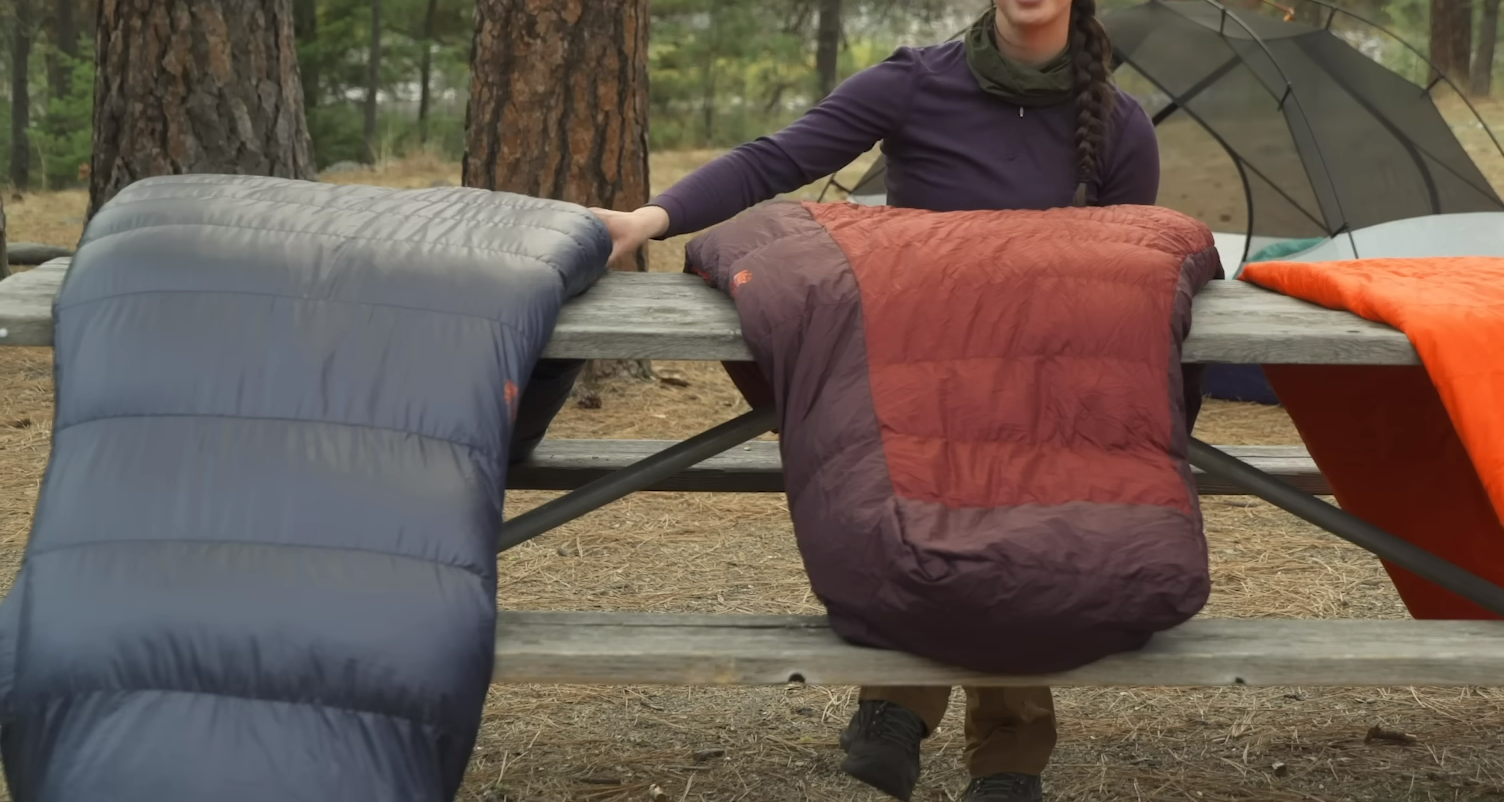
Compress your sleeping bag into a stuff sack
Stuff sacks are designed to reduce the size and bulk of items without compromising on their insulation properties. We suggest compressing the sleeping bag as much as possible by rolling it up tightly and using the straps to secure it in place.
You may also want to consider using a compression sack for additional comfort and space savings. Compression sacks are specially designed bags that provide an even greater degree of compression than stuff sacks. They work by compressing the bag into a cube shape, with some models providing up to 70% more volume reduction than regular stuff sacks. This makes them perfect for packing into tight spaces or for those looking to save on weight and bulk during their adventures. So if you’re looking for additional ways to make the most out of your backpack’s limited capacity, then a compression sack is definitely worth considering!
Attach sleeping bag to your backpack
Attaching an oversized sleeping bag to the outside of your backpack is a simple and practical solution. This can be done by using straps, securing clips, or carabiners. You need to make sure all parts are properly attached so that they don’t fall off while you’re walking or running outdoors.
You should also consider placing a light material such as a tarp over the sleeping bag before attaching it to ensure its protection against dirt, rain, and other elements. Once you have secured everything in place, you can then start your journey with peace of mind knowing that your sleeping bag is safe and will not cause any dragging issues while on the go.
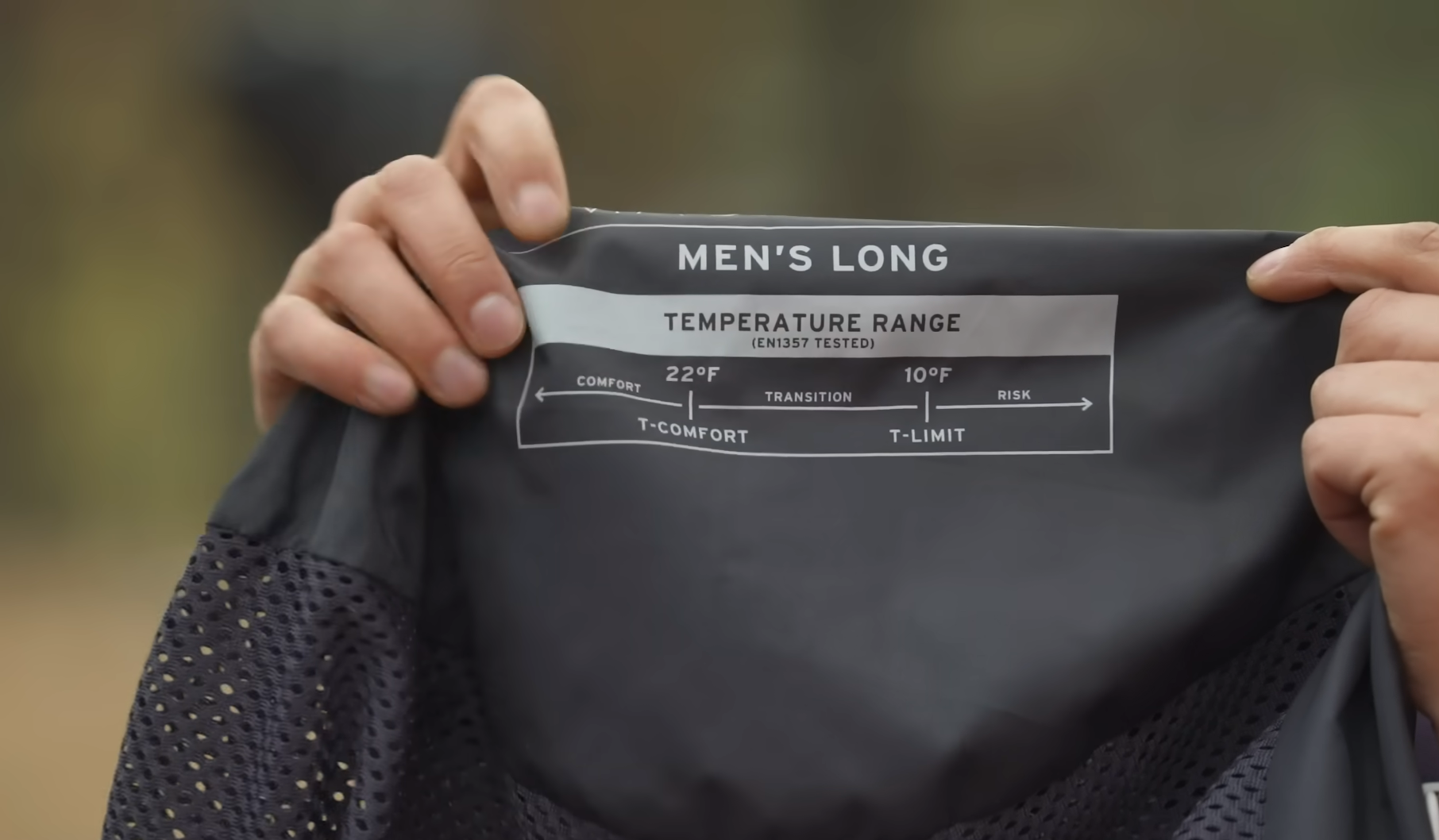
Attach with straps at the top
One of the simplest solutions for packing is to attach a bag to the top. This will keep your bag secure and prevent any shifting during travel. Use straps or cords and tie them around the top of your pack. Make sure to attach it securely so that the straps won’t slip off during transit. Additionally, if you have some extra room in your backpack, you can stuff small items like socks or books into the pockets of your sleeping bag before attaching it to the top. This will help save space inside your backpack and ensure everything is well-packed. Once you’ve attached the bag at the top, be sure to double-check that all the straps are secure and there is no chance of shifting or slipping during transit, as this can cause issues with your bag.
Attaching it to a backpack that has an external frame
If you have an external framed backpack, then attach the sleeping bag to it without much hassle. All you need is some rope or string that will fit through the loops of the sleeping bag and tie it to your backpack’s frame. This method is simple and effective but can make your backpack a bit heavier and more awkward to carry. Just ensure that everything is securely attached before setting out on your journey! Another option is to purchase specialized straps specifically made for attaching large items like sleeping bags to backpacks with frames. These are lightweight and make carrying a larger bag easier, as they distribute the weight in a more even manner.
Attaching on a backpack that has an internal frame
The internal frame of a hiking backpack usually doesn’t allow much space for attaching additional items.
You can either buy special straps that will fit on the pack or just improvise and use some string, rope or bungee cords to tie the bag onto your backpack. Keep in mind that this isn’t a very secure attachment and might not work if the bag is too big for the pack.
Also make sure that you distribute the weight of the sleeping bag evenly so that it won’t put extra strain on one side of your pack. It also helps to ensure that the sleeping bag is properly secured so it won’t move around or come off while you’re hiking.
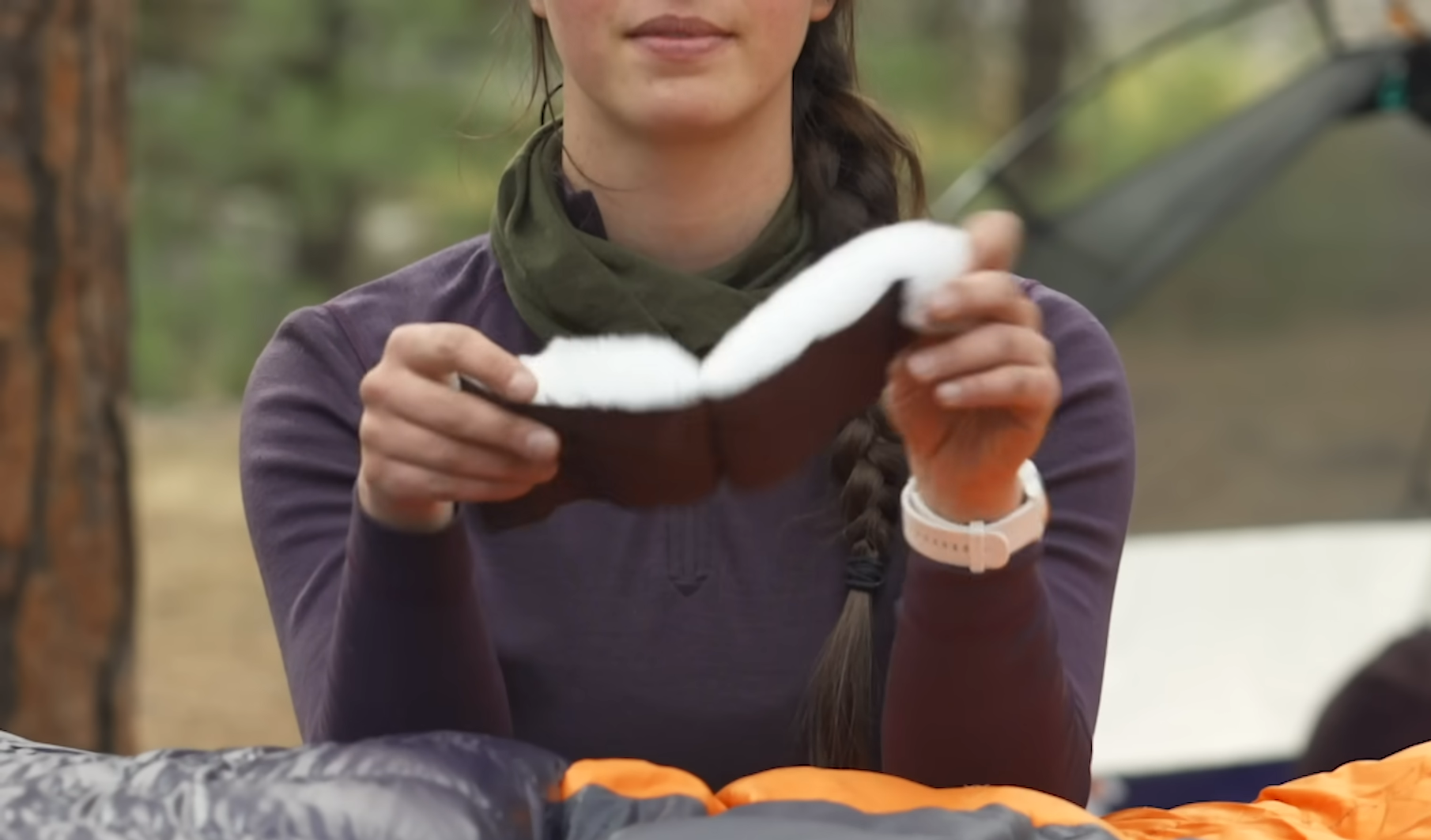
Attaching using bottom straps
This method works best with large backpacks that have plenty of extra room. Simply attach the bottom straps to the bottom of your backpack and then place your sleeping bag into the remaining space. The straps will keep it in place, allowing you to move around without worrying about it coming loose or falling out. Make sure to pack other items such as clothing or snacks alongside the sleeping bag so they don’t shift around during travel.
Attaching using side straps
This is done by threading the straps through the two loops above the zipper and then attaching them to either side of your backpack. This will provide extra support and ensure that your sleeping bag does not move around during transport. It should also be relatively secure as long as you remember to fasten both straps securely.
Another option would be to use compression sacks. These will help reduce the size of your sleeping bag and allow you to fit it into even smaller spaces than before. Compression sacks are available in many sizes, so make sure to choose one that fits properly on your pack or is slightly larger if needed.
A larger backpack will allow you to fit any size of the sleeping bag without having to worry about the extra hassle of attaching it. However, this may not be practical depending on how often you’ll need to carry the bag and what other items you’ll need to fit in it.
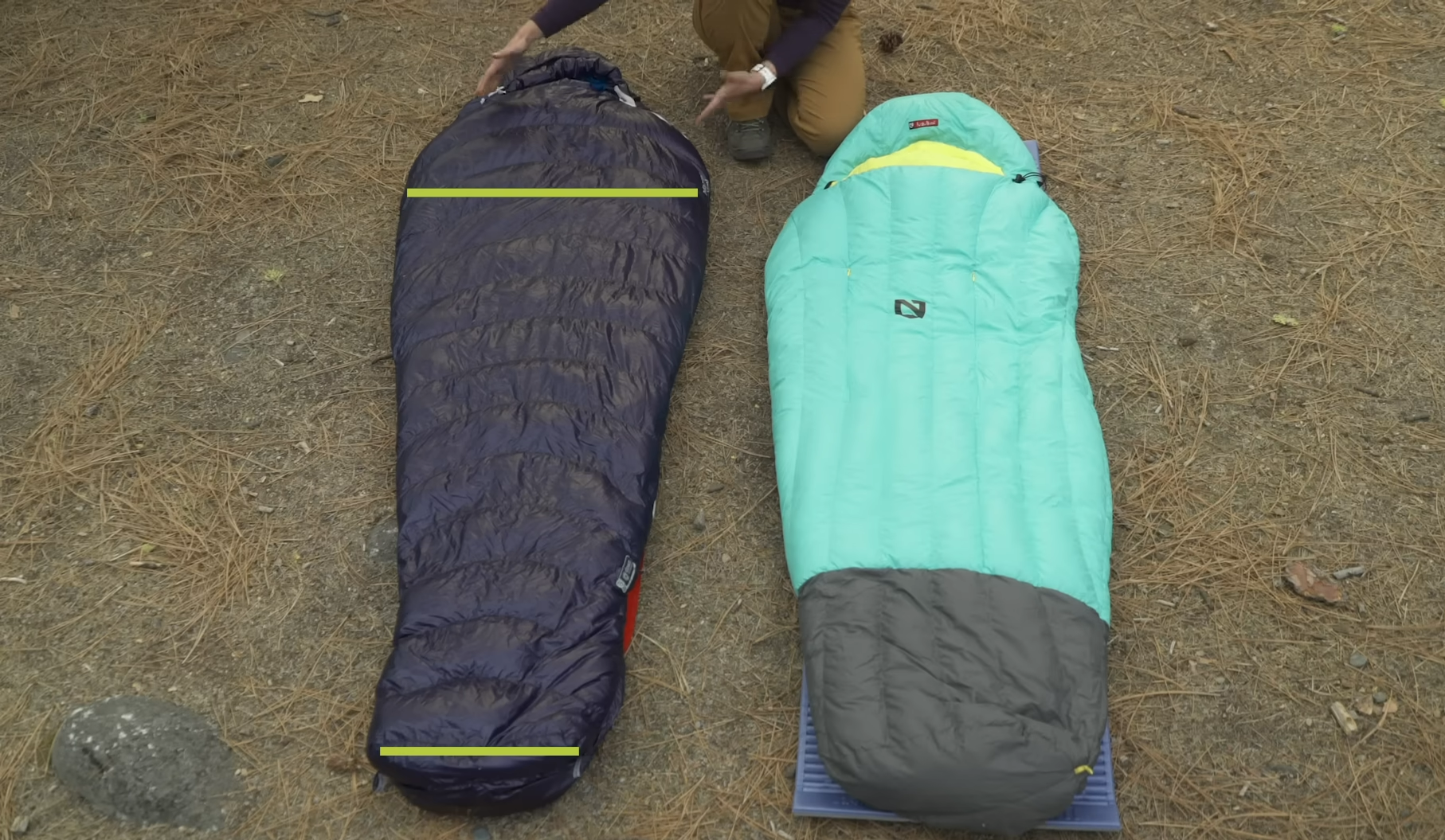
Attaching using the backpack lid as a strap
If you’re not a fan of carrying a huge backpack or are looking for a more creative way to transport your bulky sleeping bag, then you can use the backpack lid as an extra strap! By tying the bag onto the lid, it will hang off and provide additional support so that you don’t have to worry about back strain. To do this, locate two fixed points on the top of your backpack (such as two rings) and thread the sleeping bag between them. Secure each end with cord locks or carabiners so that it won’t budge during your hike. This is an especially helpful tip if you plan to travel through uneven terrain or over long distances. You’ll still be able to enjoy the convenience of having the bag tucked away in the backpack, while also being able to move around with ease. [1]
Use a down instead of a synthetic sleeping bag
Packing a synthetic sleeping bag is already difficult enough, but if you have one that’s too big for your backpack it can be almost impossible. If this is the case, consider switching out your synthetic bag for a down version. Down bags are not only lighter and more compressible than their synthetic counterparts, but they also provide better insulation so you stay warmer in cold conditions. Additionally, down bags often come with much smaller storage sacks which make them easier to fit into a pack. If weight and size are an issue for you, then making the switch to a down sleeping bag may be the perfect solution. [2]
Get a professional to help
If all else fails, you may want to consider getting a professional to help you out. They can offer advice and the necessary services that you need in order to ensure the bag is properly fitted for your backpack. They will be able to measure the size of your bag and have it tailored so it fits perfectly. This is often the most expensive option but also the safest way to ensure that your sleeping bag fits comfortably into your backpack without having any issues whatsoever. Remember, though, that this option might not be available in every location so make sure you do some research beforehand.
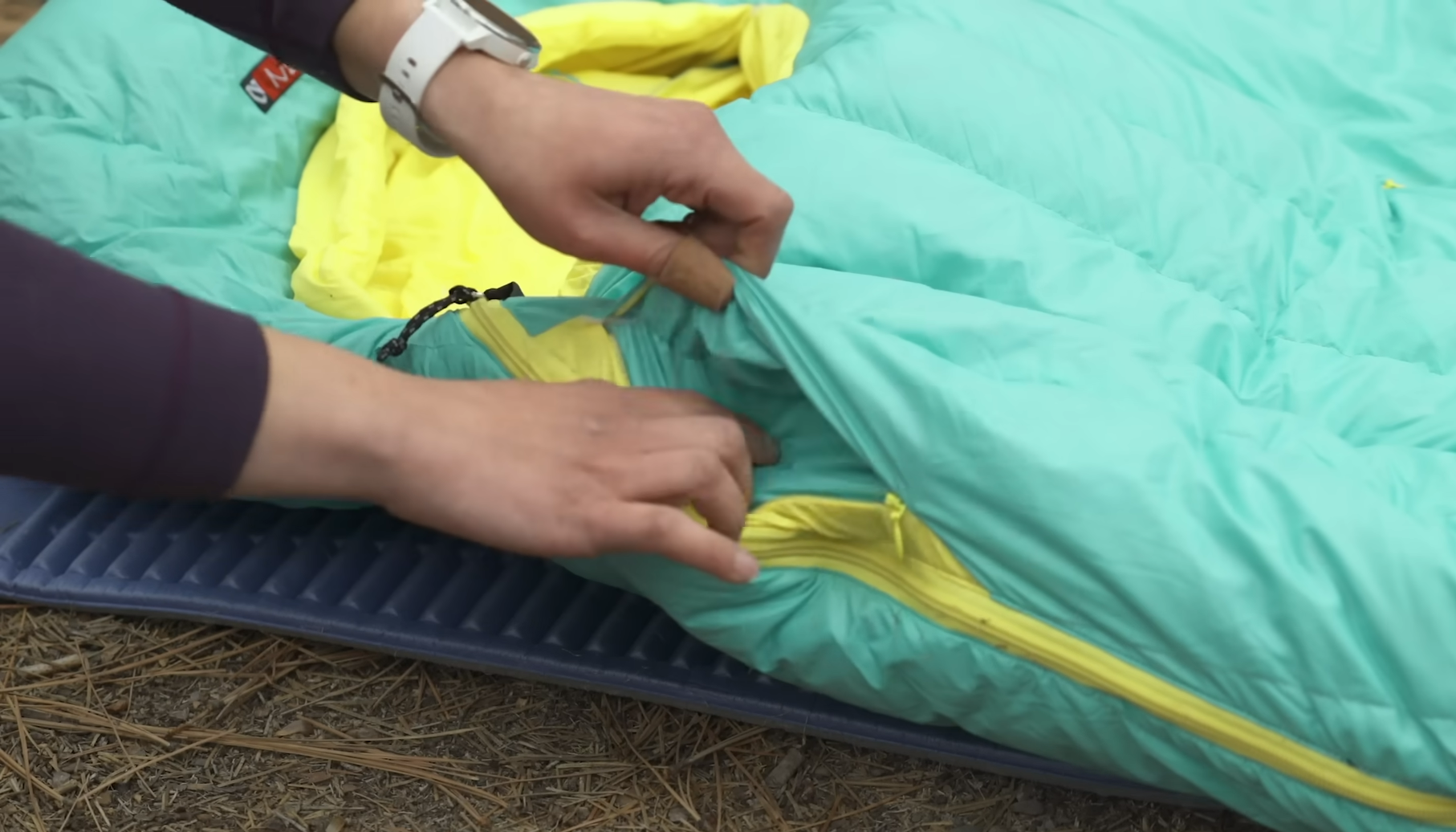
FAQ
How do you backpack with a big sleeping bag?
Backpacking with a large sleeping bag is all about strategizing and packing efficiently. You will need to plan ahead what other items you can leave behind or find alternative ways of carrying them, such as attaching them to the outside of your backpack with carabiners or straps. Additionally, it’s important to invest in a good quality pack that has plenty of space and features, such as compression straps, hip belts, and external pockets so you can securely store the bulky load.
How can I make my sleeping bag smaller?
Fortunately, there are several ways you can make a sleeping bag smaller. The first is to use a compression sack. This is simply a large sack with straps or cords that allow you to compress the bag by squeezing out all of the air and making it take up less space in your backpack. You can also get special stuff sacks that do an even better job of packing down your bag.
Another option is to buy a different sleeping bag that’s designed to be more compact. Many manufacturers make bags specifically designed for backpacking trips, which are usually lighter and smaller than regular sleeping bags. If you’re willing to spend a bit extra on an ultralight model, you’ll be able to save quite a bit of room in your pack.
You can also try cutting off some of the excess material from your sleeping bag to make it smaller. This is a bit risky though, as you could end up damaging the construction and ruining your bag if you don’t do it properly. If this is something you’re interested in doing, we suggest reading up on sewing tutorials online and getting advice from a professional or experienced backpacking friend before attempting it yourself.
Finally, you can opt for a double-bag system. This involves carrying two separate bags that fit together instead of one large one – usually an insulated liner and a lightweight quilt or blanket that’s easy to stuff into your backpack. While this isn’t necessarily the most convenient solution, it’s a great way to ensure the bag fits in your pack. [3]
No matter which approach you choose, making sure the bag is as small and light as possible is the key to having a successful backpacking trip.
Is it bad if the sleeping bag is too big?
No, it’s not necessarily bad if the sleeping bag is too big for a backpack. It just means that it will be more difficult to carry and take up more space in your pack. However, it can still be done if you are willing to make some adjustments.
Determine how much space you have available in your backpack and what kind of weight capacity it has. This way, you can figure out exactly how much room the bag will need to fit comfortably within the pack. Once you know this information, then you can begin looking at ways to make the bag fit without overloading your backpack.
One option is to use an external frame pack instead of an internal one. This will allow you to attach the sleeping bag to the outside of your pack, giving it more room and making it easier to carry. You can also look for a smaller sleeping bag specifically designed for backpacking, which will be lighter and easier to manage when traveling.
Finally, if all else fails, you could always try rolling the sleeping bag up tightly and stuffing it into the available space in your backpack. While this may not be ideal, it is an option if you’re really stuck. Just make sure that you don’t overload your pack or damage any of its components by packing too much inside! [4]
How do you make a sleeping bag fit in a bag?
If you’ve got a sleeping bag that is too big to fit in your backpack, you might be wondering how you can make it work. Fortunately, there are several ways to do this.
The simplest way is to compress the sleeping bag using a compression sack or stuff sack. Stuff sacks and compression sacks are specially designed bags that minimize the bulk of an item by compressing it down into a smaller shape; they come in different sizes for different types and sizes of items such as sleeping bags. You should be able to find one at any outdoor store or online retailer.
Another option is to roll up the bag tightly and then secure it with bungee cords or straps. This method is particularly useful if you have a large bag and don’t want to bother with purchasing or finding a compression sack. You can also use a vacuum sealer to compress the bag down into an even smaller shape. [5]
Finally, if you’re really short on space, you can try stuffing the bag into an empty water bottle. This method may not be ideal for long-term storage, but it should work in a pinch for taking your sleeping bag with you on the go.
Useful Video: How to Choose Backpacking Sleeping Bags || REI
Conclusion
Now that you know what to do if your sleeping bag is too big for a backpack, you can be sure that you won’t have to sacrifice warmth, storage space or comfort when going on outdoor adventures. By folding the bag correctly and using compression sacks, straps and external pockets, you can make sure all of your gear fits in one place. Make sure to practice proper weight distribution for optimal balance and comfort while hiking. With these tips and tricks in mind, you’ll be ready for any expedition! Happy camping!
References:
- https://travelhowto.com/big-sleeping-bag-fit-in-backpack/
- https://purehiker.com/sleeping-bag-too-big-for-a-backpack/
- https://outdoorgist.com/how-to-compress-a-sleeping-bag/
- https://seatosummit.com/blogs/product-care/why-your-sleeping-bag-isnt-keeping-you-warm
- https://trailsense.enwild.com/pack-sleeping-bag/

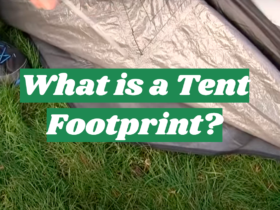



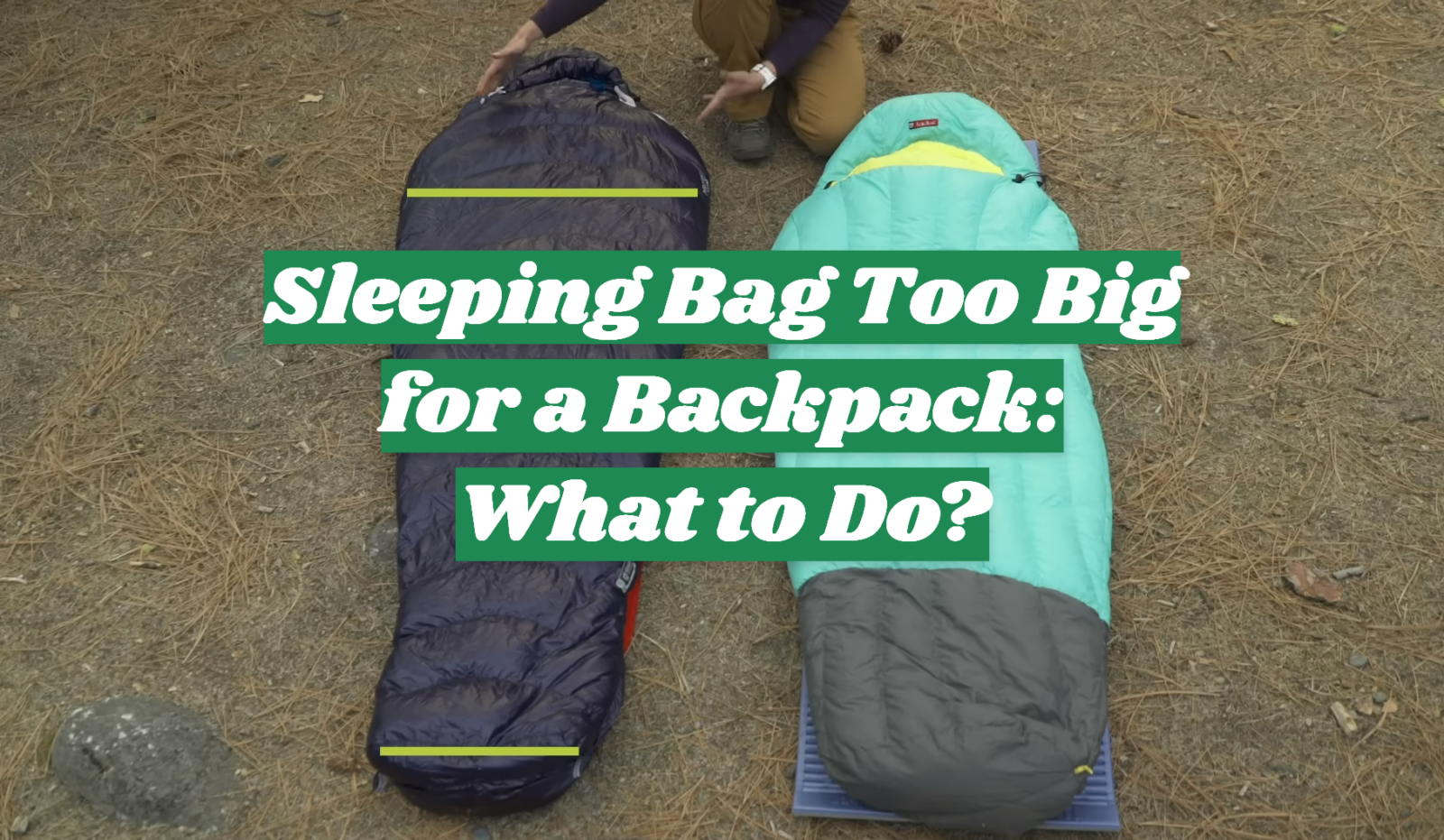


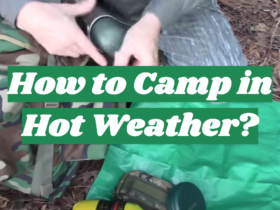

Leave a Review